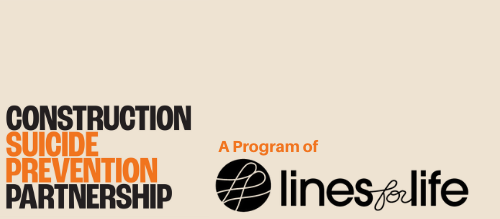Suicide Prevention: The intentional steps that your workforce takes to create a culture that encourages positive coping skills, reaching out for support, and talking about suicide in a safe and healthy way. Examples of suicide prevention include mental health education, supervisor training, and creating an empathic and supportive working environment.
Starting a Suicide Prevention Program within your organization can feel like a monumental task, so we’ve created some questions and tools to help you and your team create an effective and engaging program that will help your workers understand the importance of suicide prevention and how to access crisis services.

- Does your company currently have a suicide prevention policy? If not, you are not alone. Many large and small companies have not created specific policies around suicide prevention. The Wyoming Public Health Department, working with the National Suicide Prevention Resource Center, has created a comprehensive Employer’s Guide to Policy Approaches to Address Alcohol, Drugs Tobacco, Mental Health, Suicide, and Chronic Disease. On page 29, there is a fantastic boilerplate template for establishing a suicide prevention policy.
- Does your company offer suicide prevention and awareness training? If not, our website includes access to some excellent evidence-based training programs. Just click here!
- Does your company promote mental wellness? We know time is a precious and finite resource in construction, which is why using posters and flyers on job sites is a quick and efficient way to encourage workers to think about their mental health. While these posters should be prominently displayed, it is also helpful to post them in the portable toilets onsite or in private places so that workers can review resources privately. You can download our NOT TODAY stickers to promote the Suicide LifeLine. There are also some great posters at https://preventconstructionsuicide.com/Posters
- Do you have toolbox talks and workplace practices around mental health, substance abuse, and suicide prevention? Effective prevention is consistent and ongoing practice. Our toolbox talks are one tool. Another effective prevention practice is simply communicating and checking in with your team about how they are feeling. You can create a construction culture where asking for help and caring about your co-worker is just part of the job–like wearing a hard hat and safety vest.
- Do you have a team assigned to maintaining, promoting, and reviewing your suicide prevention effort? We recommend having a member of senior leadership or human resources sustain your suicide prevention program.
